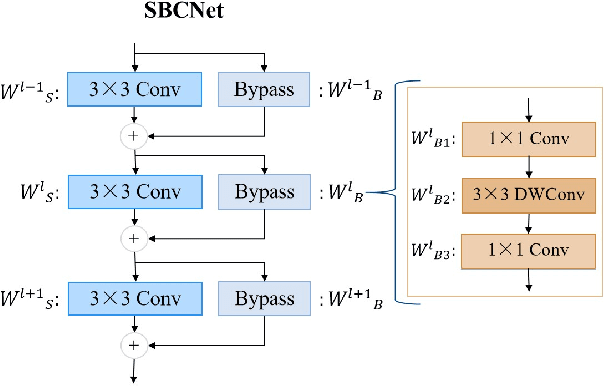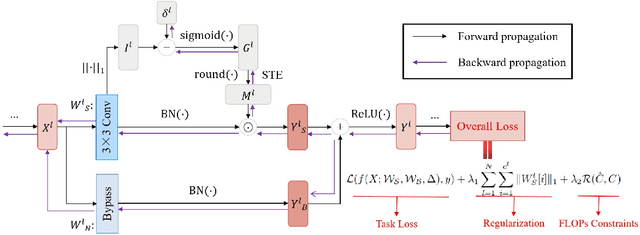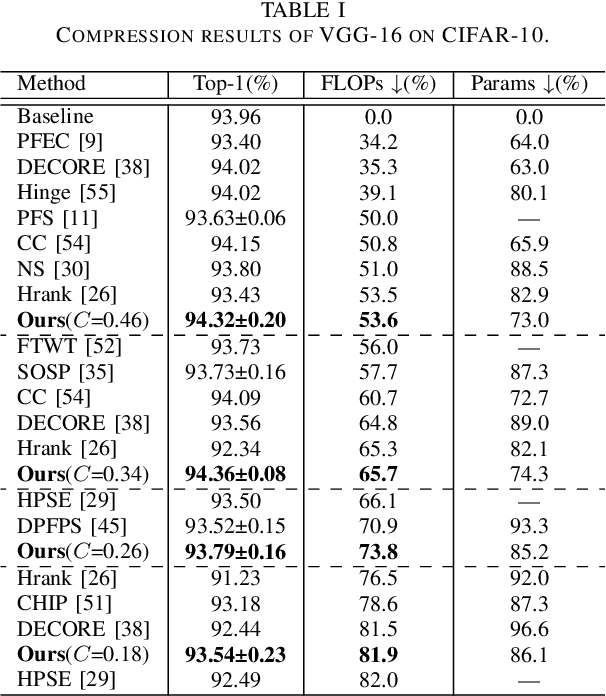LAPP: Layer Adaptive Progressive Pruning for Compressing CNNs from Scratch
Paper and Code
Sep 25, 2023



Structured pruning is a commonly used convolutional neural network (CNN) compression approach. Pruning rate setting is a fundamental problem in structured pruning. Most existing works introduce too many additional learnable parameters to assign different pruning rates across different layers in CNN or cannot control the compression rate explicitly. Since too narrow network blocks information flow for training, automatic pruning rate setting cannot explore a high pruning rate for a specific layer. To overcome these limitations, we propose a novel framework named Layer Adaptive Progressive Pruning (LAPP), which gradually compresses the network during initial training of a few epochs from scratch. In particular, LAPP designs an effective and efficient pruning strategy that introduces a learnable threshold for each layer and FLOPs constraints for network. Guided by both task loss and FLOPs constraints, the learnable thresholds are dynamically and gradually updated to accommodate changes of importance scores during training. Therefore the pruning strategy can gradually prune the network and automatically determine the appropriate pruning rates for each layer. What's more, in order to maintain the expressive power of the pruned layer, before training starts, we introduce an additional lightweight bypass for each convolutional layer to be pruned, which only adds relatively few additional burdens. Our method demonstrates superior performance gains over previous compression methods on various datasets and backbone architectures. For example, on CIFAR-10, our method compresses ResNet-20 to 40.3% without accuracy drop. 55.6% of FLOPs of ResNet-18 are reduced with 0.21% top-1 accuracy increase and 0.40% top-5 accuracy increase on ImageNet.
 Add to Chrome
Add to Chrome Add to Firefox
Add to Firefox Add to Edge
Add to Edge